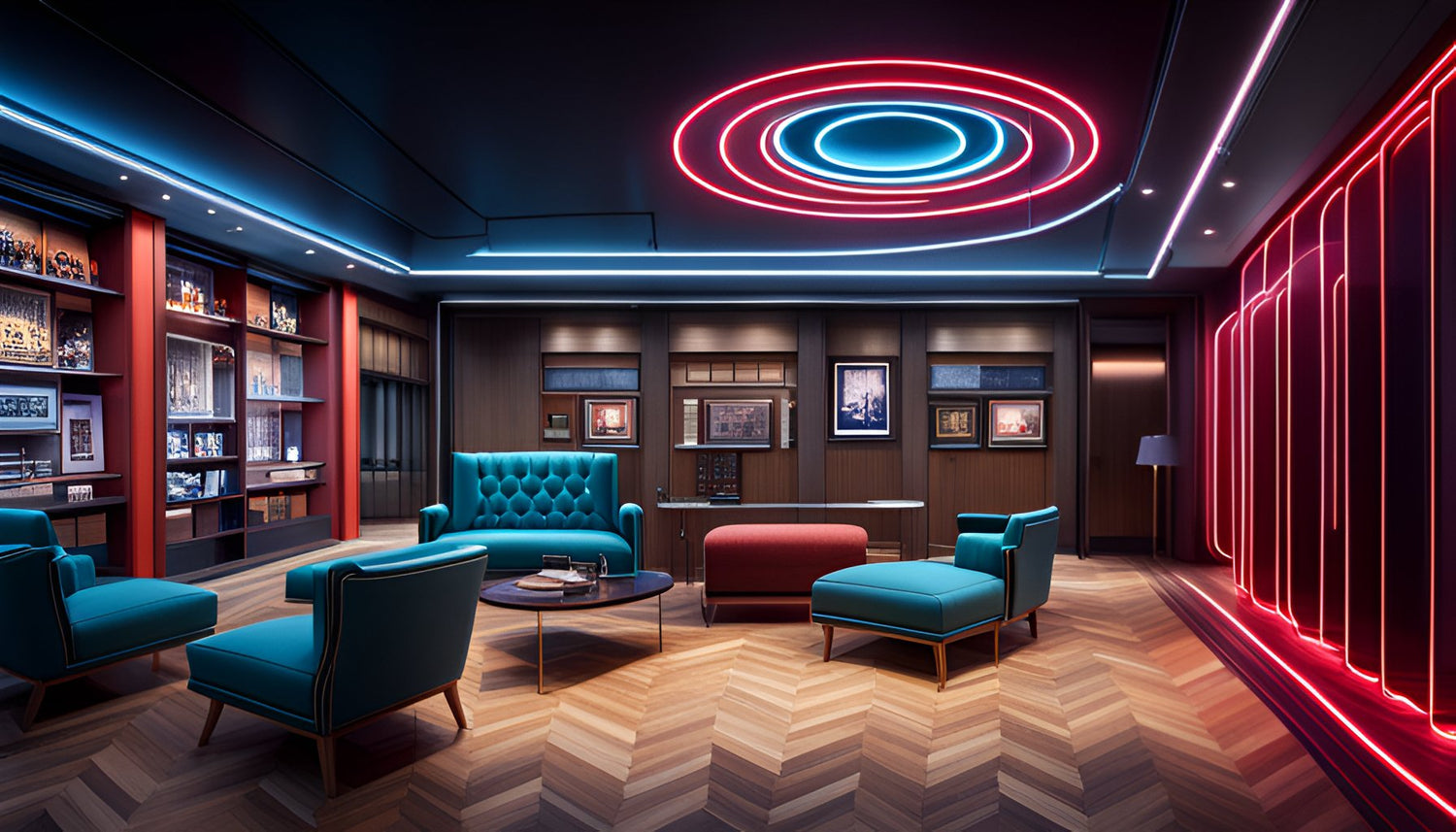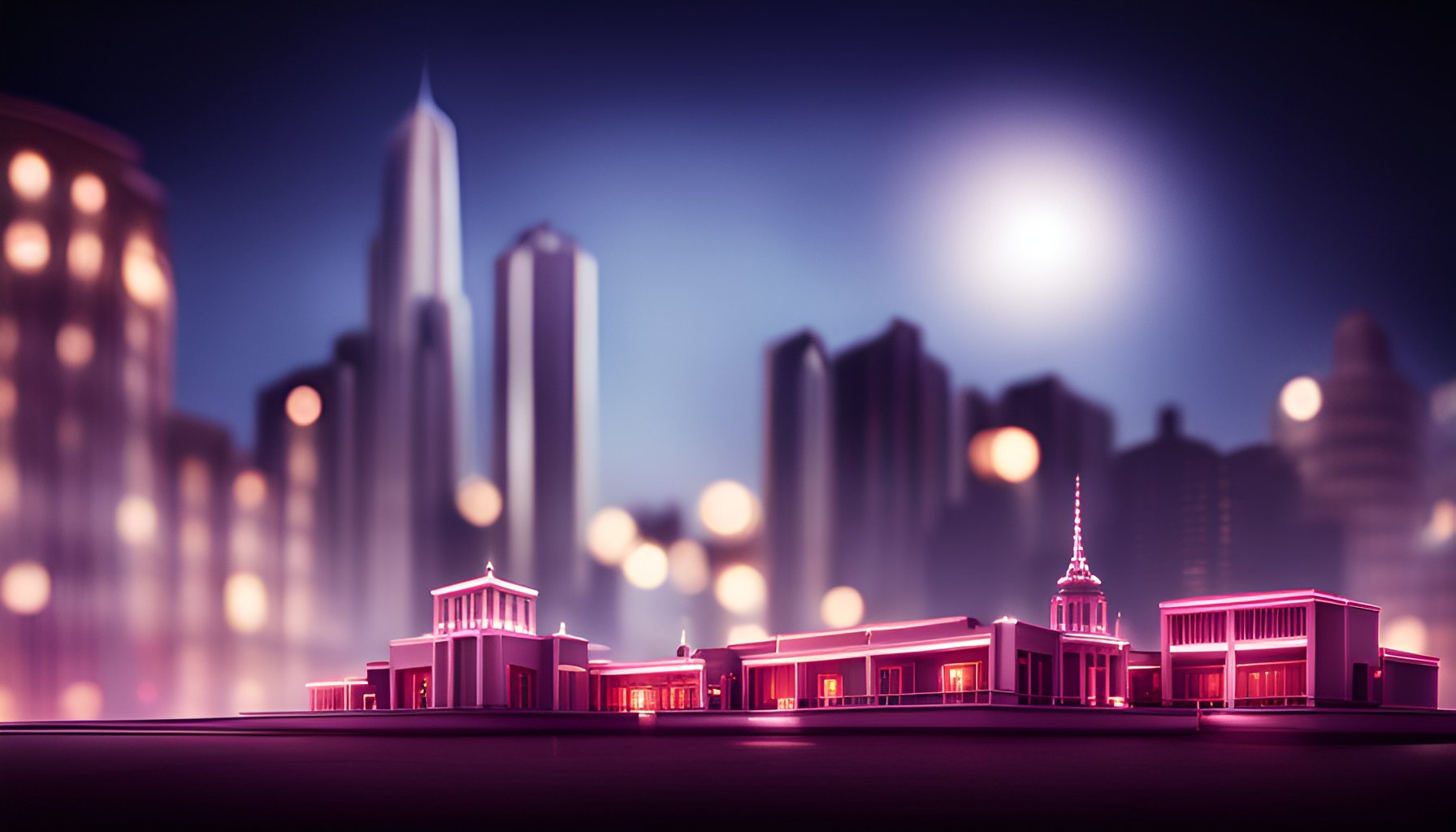Debunking Myths: Separating Facts from Fiction about Neon Lights
Neon lights have been captivating people for decades with their vibrant and mesmerizing glow. However, along with their popularity, several myths and misconceptions have also emerged. It's time to separate the facts from fiction and debunk some of the most common myths about neon lights.
Myth 1: Neon Lights Contain Dangerous Levels of Mercury
One of the most prevalent myths about neon lights is that they contain dangerous levels of mercury. In reality, neon lights do not contain mercury at all. Instead, they are filled with neon gas or a mixture of noble gases such as argon, helium, and xenon. These gases are safe and pose no significant health risks when used in neon lights.
Myth 2: Neon Lights Consume a Lot of Energy
Contrary to popular belief, neon lights are actually quite energy-efficient. Neon lighting technology has come a long way, and modern neon lights consume relatively low amounts of energy compared to other lighting options. Additionally, advancements in LED technology have made neon lights even more energy-efficient, making them an eco-friendly choice.
Myth 3: Neon Lights Are Fragile and Prone to Breakage
While neon lights may appear delicate, they are surprisingly durable. The glass tubes used in neon lights are made from high-quality materials, making them resistant to shocks and vibrations. However, that doesn't mean they are indestructible. It's important to handle neon lights with care to prevent any accidental damage.
Myth 4: Neon Lights Are Only Suitable for Outdoor Use
Many people believe that neon lights are only meant for outdoor signage. However, neon lights can be used both indoors and outdoors. Their versatility allows them to be used in various settings, including bars, restaurants, art installations, and even as decorative pieces in homes. Neon lights add a unique and vibrant touch to any space, creating a visually appealing atmosphere.
Myth 5: Neon Lights Have a Short Lifespan
Some individuals assume that neon lights have a short lifespan and require frequent replacements. In reality, well-maintained neon lights can last for many years. The average lifespan of neon lights is approximately 8 to 15 years, depending on usage and maintenance. Regular cleaning and proper care can help extend their lifespan further.
Next time you encounter someone spreading myths about neon lights, you can confidently debunk them with these facts. Neon lights are not only safe and energy-efficient but also versatile and durable. Whether used for commercial purposes or as a decorative element, neon lights continue to captivate us with their timeless charm and vibrant glow.



Leave a comment
This site is protected by hCaptcha and the hCaptcha Privacy Policy and Terms of Service apply.